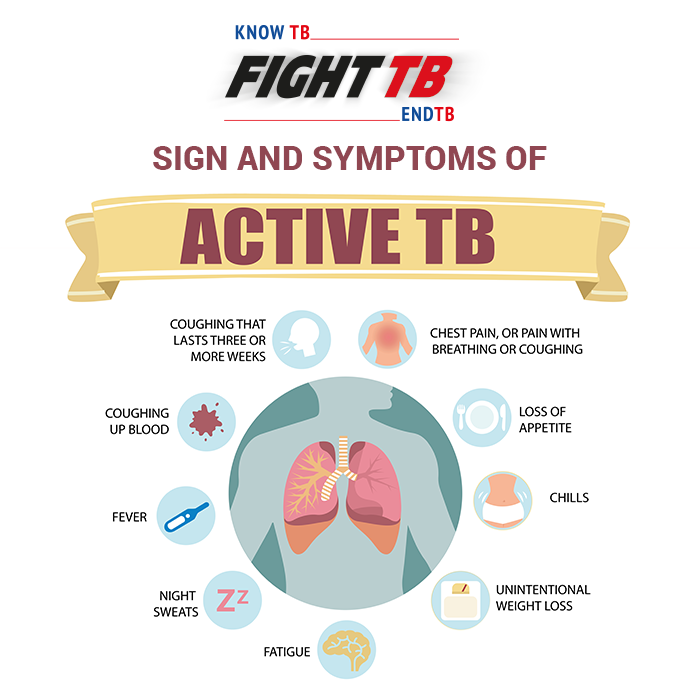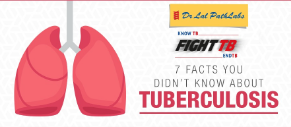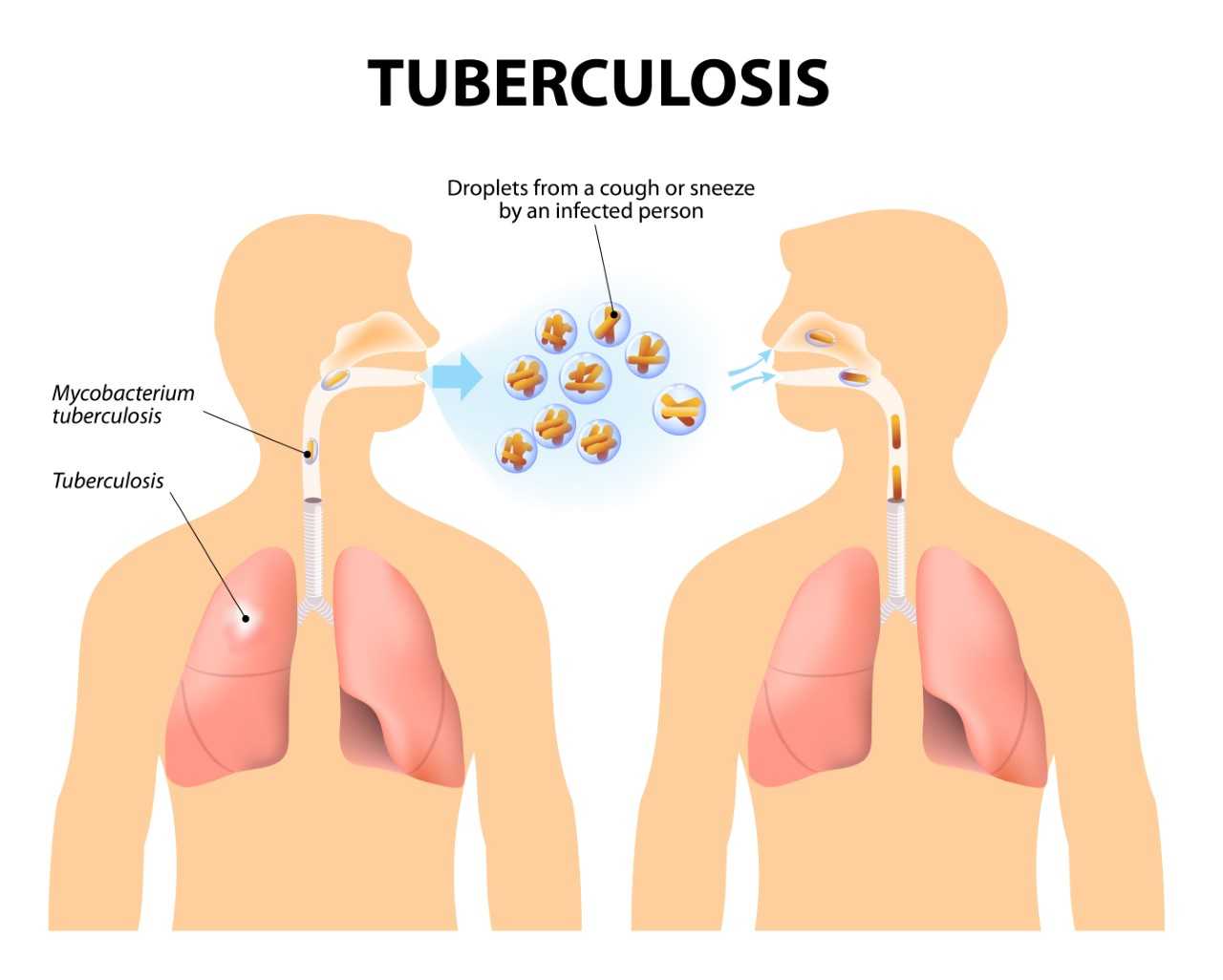Lung Cancer: Types, Causes, Symptoms, and Early Detection
The lungs, located in the chest, are sponge-like organs responsible for oxygen absorption in the blood. They also filter carbon dioxide from the blood, which originates during the various energy-releasing reactions in the body’s cells.
Lung cancer originates in the lungs and can spread to other areas of the body. It occurs when harmful cells start dividing uncontrollably. There are multiple types of lung cancer, each with different symptoms and risk factors. Understanding these types and their associated signs can help in timely detection and medical treatment, leading to a better outcome.
This article discusses the various types of lung cancer, their causes, symptoms, and more.
What is Lung Cancer?
Lung cancer is the uncontrolled division of harmful cells in the lungs. This can create masses called tumours, which interfere with normal lung functioning. The cancer can also spread to other areas of the body, leading to tumours in different tissues and organs.
What are the Causes of Lung Cancer?
The uncontrolled division of cells in the lung is the primary cause of lung cancer. While cells in the body divide normally, sometimes a change in the DNA of some cells can cause them to multiply without check. These faulty cells can also enter the blood and spread to other areas of the body.
What are the Various Risk Factors for Lung Cancer?
The various risk factors for different types of lung cancer include:
1. Smoking: Smoking damages lung tissue and increases the risk of lung cancer significantly.
2. Radon Exposure: Radon gas usually accumulates in poorly ventilated areas. Long-term exposure to radon increases lung cancer risk.
3. Family History: Someone with a family history of lung cancer has an elevated risk of developing it.
What are the Types of Lung Cancer?
The various types of lung cancer are:
1. Non-small Cell Lung Cancer
Non-small cell is the most commonly encountered lung cancer and usually grows slowly. It is further classified into three types based on the type of cell that gets affected:
● Adenocarcinoma: Adenocarcinoma is a lung cancer that begins in the outer sections of the lungs. It is the most common lung cancer in non-smokers.
● Large Cell Carcinoma: This type of lung cancer can begin anywhere in the lungs. The tumour growth in large cell carcinoma is faster than in other types of lung cancer.
● Squamous Cell Carcinoma: It is a non-small cell lung cancer that originates in the respiratory tract lining cells.
Non-small cell lung cancer has five stages based on how far the cancer has spread. These include stage 0 to stage 4. In stage 0, the cancer has not invaded the lung tissue. In stage 4 lung cancer, the cancer spreads to both lungs and other areas of the body.
2. Small-cell Lung Cancer
Small-cell lung cancer is an aggressive type of lung cancer which causes tumours that grow faster than those in non-small cell lung cancer. Small-cell lung cancer is more common in smokers.
Small-cell lung cancer has only two stages: limited and extensive.
3. Mesothelioma
Mesothelioma is a rare, aggressive lung cancer that begins in the chest lining. The most common cause of mesothelioma is exposure to a chemical called asbestos.
What are the Symptoms of Lung Cancer?
The symptoms common to all types of lung cancer include:
1. Persistent cough that gets worse
2. Chest pain
3. Shortness of breath
4. Loss of appetite
5. Unexplained weight loss
6. Fatigue
7. Shoulder pain
8. Hoarseness
How is Lung Cancer Diagnosed?
To diagnose lung cancer, a doctor first conducts a physical exam. This usually involves thoroughly reviewing the patient’s medical history and listening to the heart and the lungs.
The physical exam is followed by standard blood tests and a chest X-ray to distinguish lung cancer from other diseases with similar symptoms.
If lung cancer is suspected, the doctor can recommend lung cancer tests such as imaging tests and a biopsy to confirm lung cancer diagnosis.
How to Prevent Lung Cancer?
The following lifestyle modifications can lower the risk of lung cancer:
1. Avoiding active and passive cigarette smoke
2. Avoiding radon exposure by avoiding poorly ventilated areas
3. Eating a healthy diet
4. Exercising regularly
5. Avoiding exposure to other cancer-causing chemicals such as asbestos
The lungs are responsible for oxygen absorption, which is essential for all bodily functions. Lung cancer often doesn’t have noticeable symptoms in the early stages and can be missed. Like most cancers, early detection and treatment of lung cancer can improve the prognosis. Upon noticing the symptoms of lung cancer, it is recommended to consult a doctor and book a lung function test at Dr Lal PathLabs.
FAQs
1. What are some complications of lung cancer?
Some complications of lung cancer are:
● Loss of lung function
● Heart blockage
● Blood clots
● High infection risk
2. How many stages are there in small-cell lung cancer?
Small-cell lung cancer is fast-growing and has only two stages: limited and extensive.
















